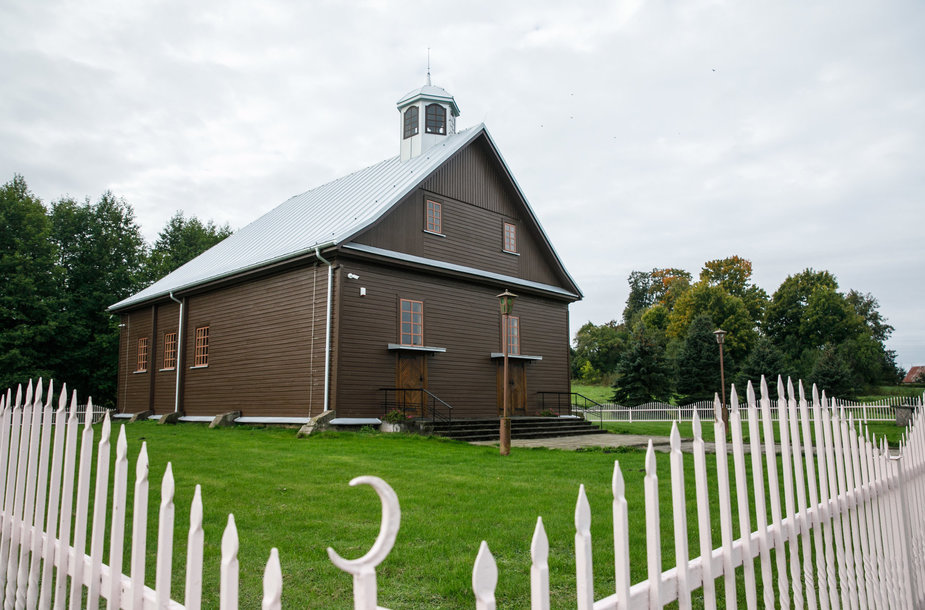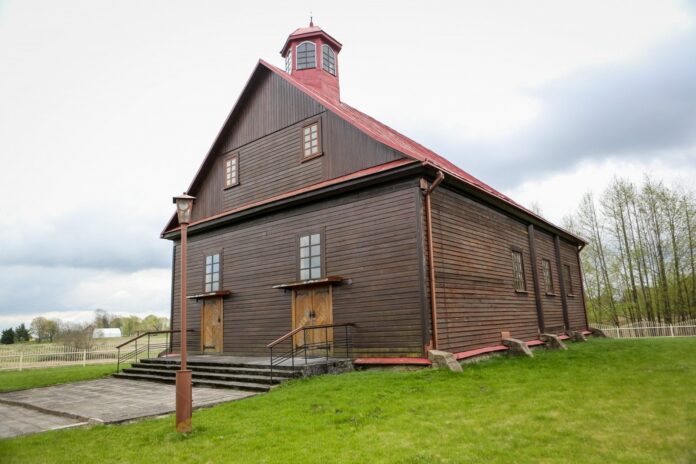
Raižiai Mosque in Alytus County is still an attraction
During the era of the Grand Duchy of Lithuania, many foreign ethnic groups were invited to live in Lithuania. Among them were the Tatars (totoriai), who brought their culture and traditions with them and preserved them through the generations. Few villages are left today, one of them being Raižiai.
Raižiai Mosque is a wooden mosque located in the village of Raižiai, Alytus County in Lithuania.
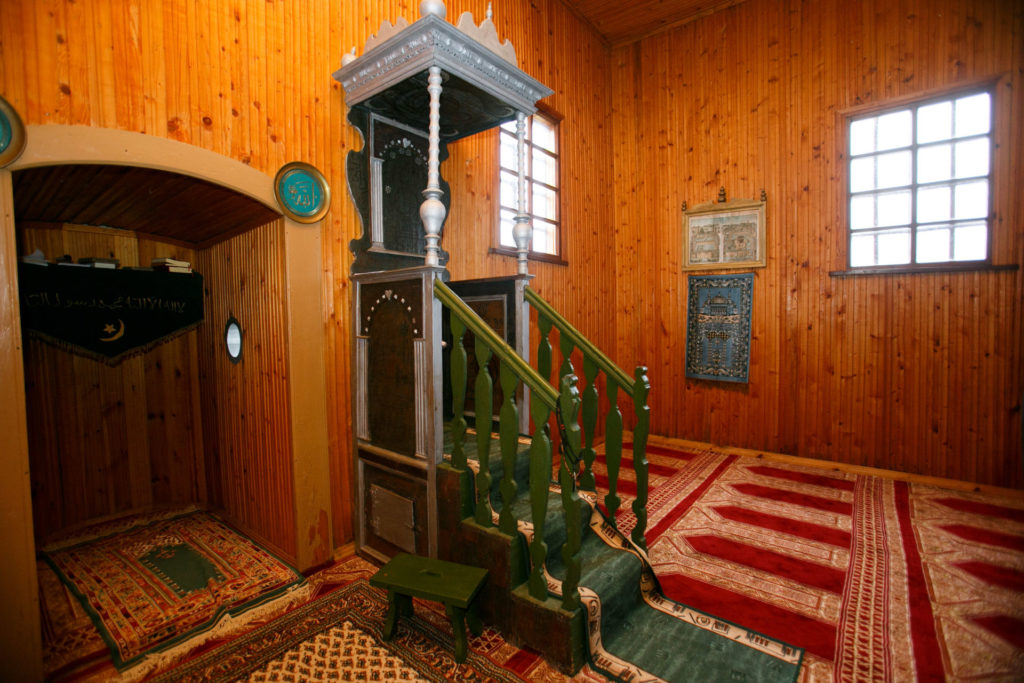
The arrival of the Tatars is cloaked in mystery, although historians agree that they first came during the time of Grand Duke Gediminas. Migration occurred due to their service in the Grand Duke’s army, and because of his guarantee to allow them to practice their faith. Constant conflicts arising within and outside the Grand Duchy motivated Vytautas Magnus to supplement his army with Tatars, who were known as warriors. Eventually they settled in Lithuania and populated quite a few towns and villages, with quite a large community in Alytus County.
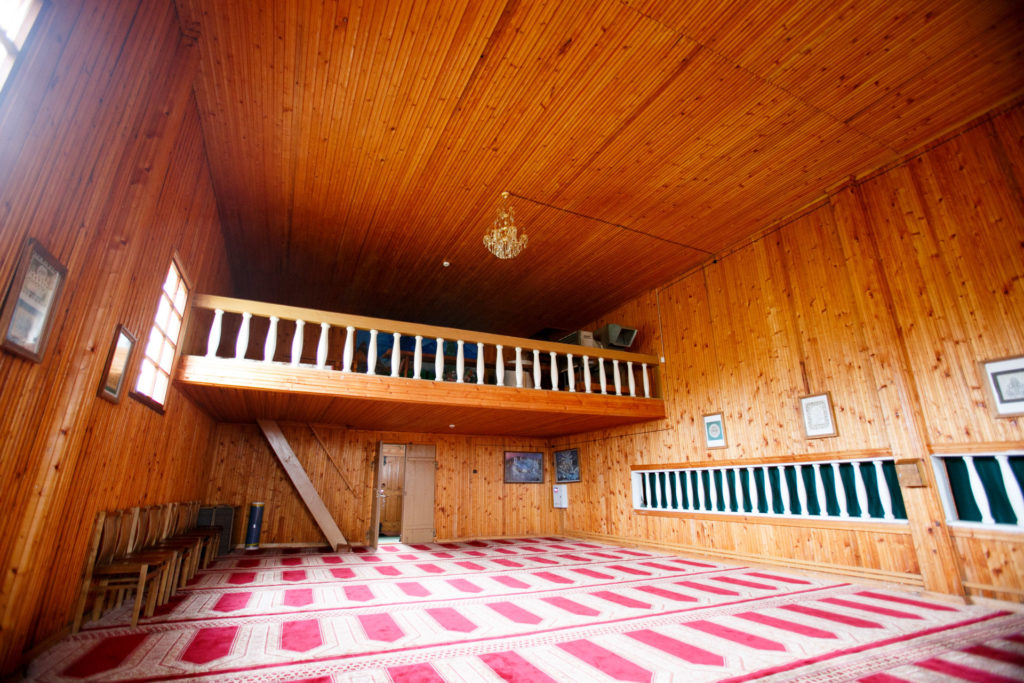
After World War I, three Muslim Tatar communities remained, in Kaunas, Vinkšnupiai and Raižiai, the largest. There are thirteen Tatar cemeteries in the area, dating back hundreds of years. The small village was always the centre of activity for this Muslim community, and is often called the Tatars’ Mecca. They retained their culture, and although their language has disappeared and they speak in Polish or Lithuanian, their religion and cultural identity prevail.
A monument to Vytautas the Great and his victory at the Battle of Žalgiris, the sculpture includes symbolism indicating a warm relationship between the Lithuanians and the Tatars. Few of them live there today, but many come to visit this unique place, included in St. Jacob’s pilgrimage.
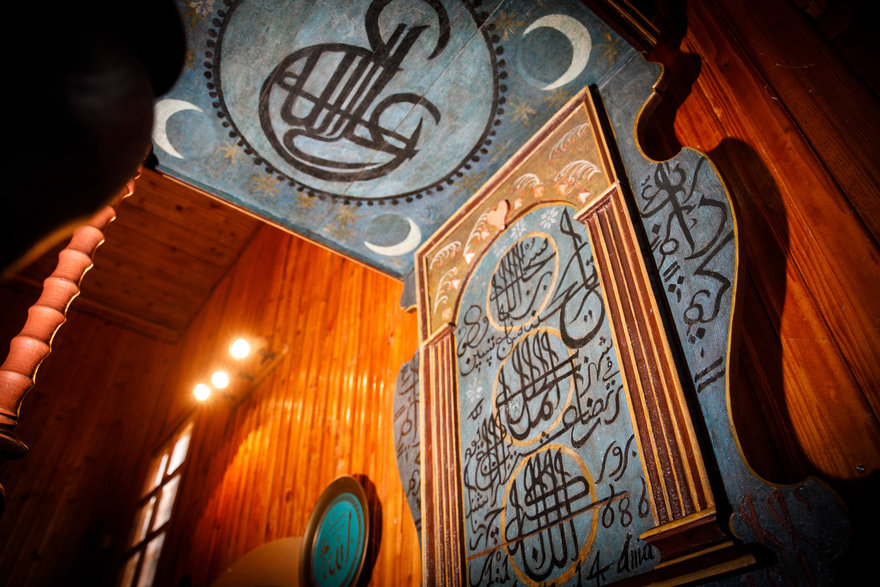
Under the Soviet regime, the mosque at Raižiai was the only one allowed to continue functioning, and is one of the attractions of the village. It is surrounded by a metal fence, with a crescent moon on the gates, symbolizing the presence of the followers of Islam. The mosque was built in 1889, and restored in 1990–1993. Even having lost several authentic architectural details, it was registered in the list of cultural heritage sites in 1999.
News from bernardinai.lt
